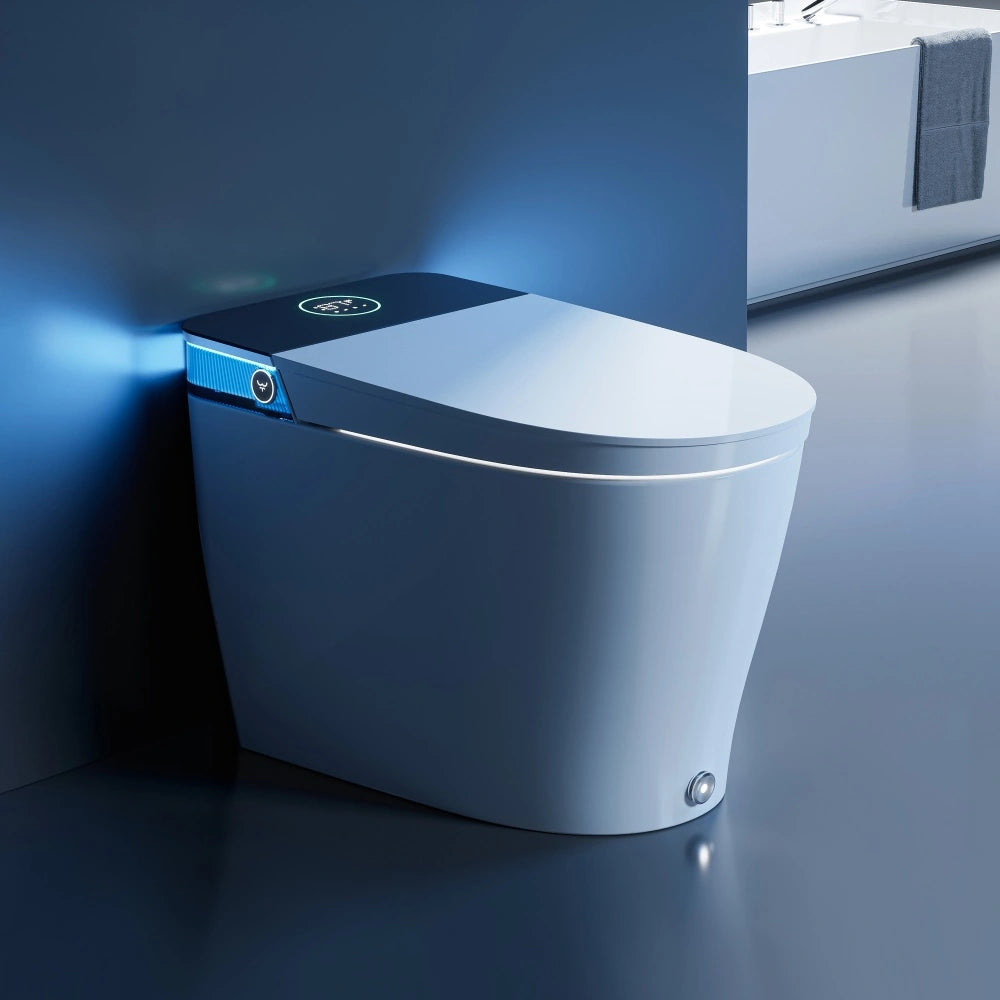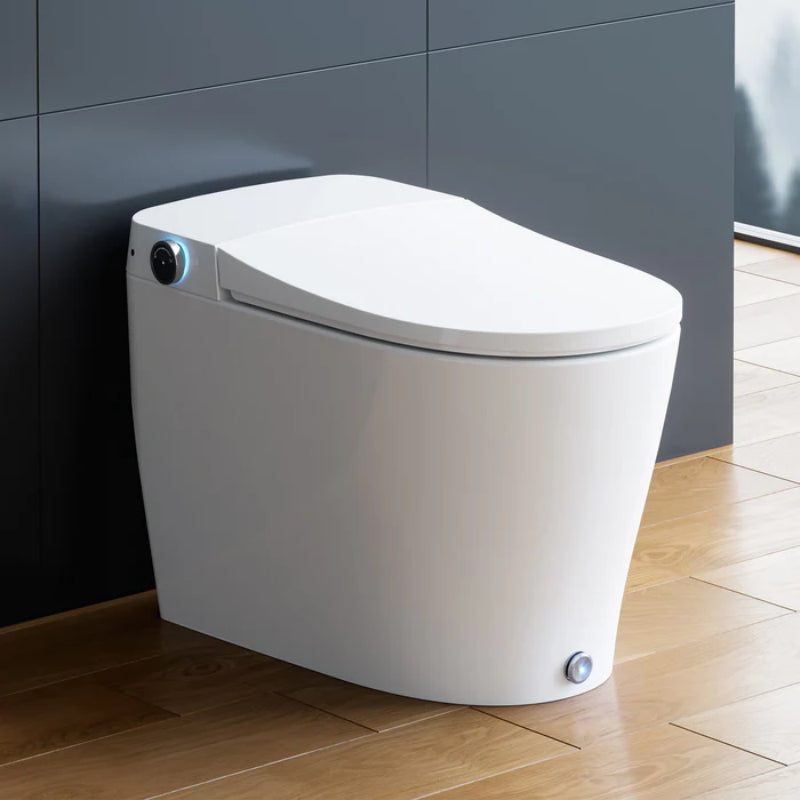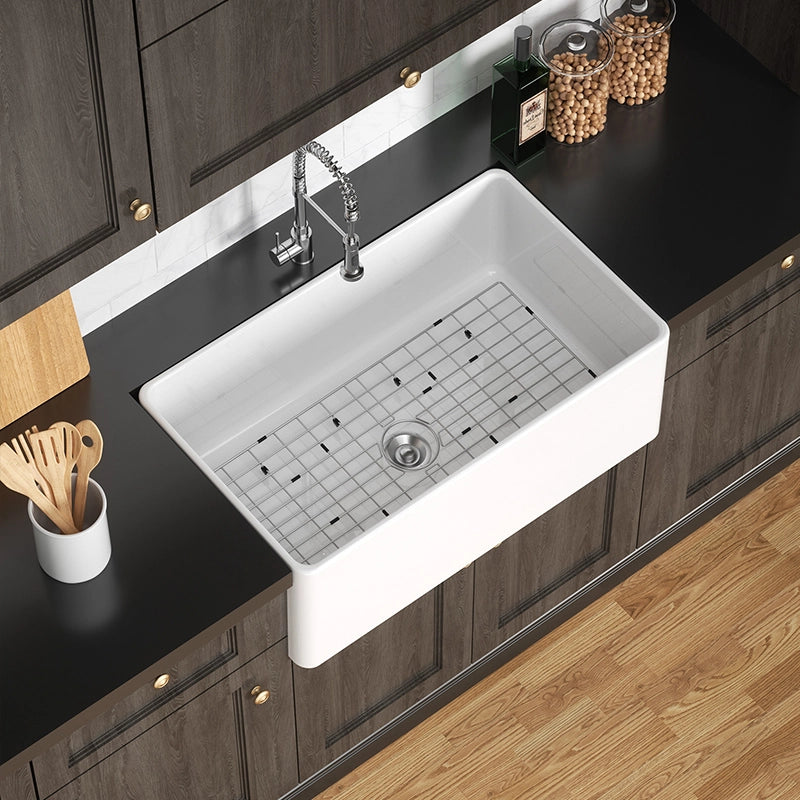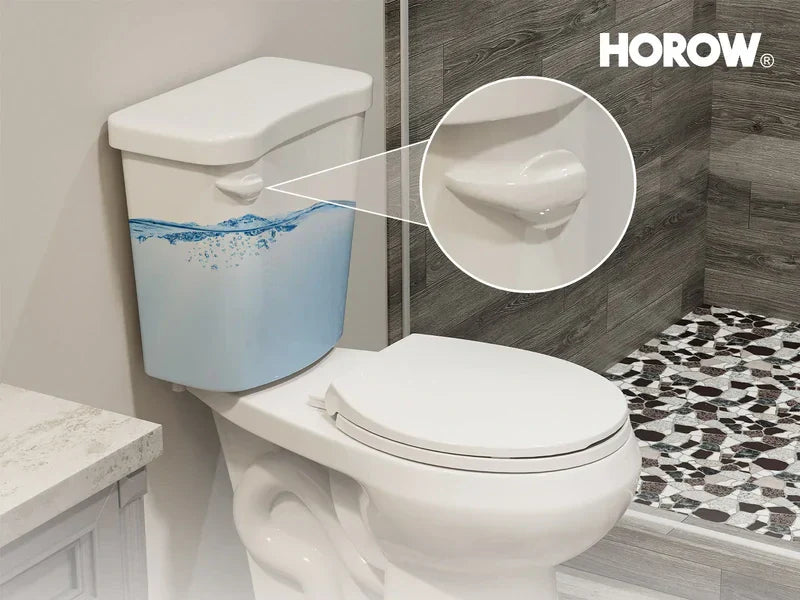When you reach for toilet paper today, it's easy to forget that this modern convenience hasn't always been a part of daily life. In fact, for most of human history, people relied on a surprising range of materials to stay clean—many of which reflect the culture, environment, and ingenuity of the time. From seashells and corncobs to stones and communal sponges, the evolution of personal hygiene offers a fascinating glimpse into the past. This journey through time not only highlights the creativity of our ancestors but also shows how far we've come in pursuit of cleanliness and comfort. Join us as we explore what did people use before toilet paper—and how it led to the innovations we enjoy today.
The Early Days: What Did People Use Before Toilet Paper?
The concept of hygiene practices before toilet paper becomes difficult to picture because we are accustomed to using this contemporary product. People employed numerous innovative methods to manage their hygiene needs before toilet paper became widely available. These varied across different cultures.
What did people use before toilet paper? People used leaves, grass, and even stones for cleanliness. They also used fabric scraps and corn cobs. For example, the Romans used communal sponges in public restrooms. Coastal areas used shells and other natural items.
The study of historical bathroom practices demonstrates the significant progress we have made. It demonstrates our innovative spirit and our persistent pursuit of cleanliness. Our daily lives have always been shaped by our pursuit of comfort.
Ancient Civilizations
Our ancestors were very clever when it came to cleaning themselves. They used everything from vinegar-soaked sponges to special tools. These ancient people found amazing ways to stay clean, even without toilet paper.
Egyptians
What did people use before toilet paper? The ancient Egyptians placed great significance on maintaining cleanliness. People washed themselves using water and cloth. The Egyptians used flat stones or broken pottery as additional cleaning tools.
Romans
The Romans developed creative methods for cleaning. The Romans used communal sponges which they soaked in saltwater or vinegar. The advanced public bath systems included this practice.
Greeks
The Greeks had their own cleaning habits. The Greeks used pebbles or small ceramic pieces, called pessoi, for cleaning. These methods show how long humans have been trying to stay clean.
The ancient practices demonstrate various cultural methods which people used to maintain cleanliness. People practiced these methods before toilet paper existed.

In Other Cultures:
Traditional bathroom hygiene practices across different cultures demonstrate numerous unique methods. Each culture from European Middle Ages to Japanese elegance has developed its own distinct approach to cleanliness. These methods demonstrate the diverse approaches societies use to manage hygiene.
Middle Ages
During the Middle Ages Europeans relied on various alternatives to toilet paper for personal hygiene. People used rags wool and moss as their primary cleaning materials. The ancient bathroom tools were selected because they were readily available and inexpensive.
People used what nature offered, including wood chips, for hygiene. This shows how basic hygiene was back then.
Japan
What did people use before toilet paper? Japan maintained Asian toilet hygiene practices throughout its extensive historical period. The Japanese population employed water together with wooden sticks called "chūgi" for their cleaning needs. The tools demonstrate Japan's dedication to maintaining both cleanliness and operational efficiency.
The early bidet system demonstrates Japan's strict standards regarding hygiene. The alternative toilet paper options reveal Japan's cultural emphasis on cleanliness and innovation.
The Development of Toilet Paper: A Modern Necessity
The evolution of toilet hygiene has brought significant changes to our bathroom practices throughout history. Toilet paper has transformed our daily routines through its evolution from basic methods to present-day conveniences. The history of toilet paper reveals important milestones and innovative minds who transformed its development.
What did people use before toilet paper? Before toilet paper, people used leaves, grass, and even corncobs. But it wasn’t until the 19th century that toilet paper was made for sale. This was a big step in how we clean ourselves.
The invention of toilet paper revolutionized our lives by providing an easier and more convenient method for cleaning. The product has become essential for our daily lives. The product demonstrates its crucial role in maintaining better hygiene and comfort.
The Evolution of Toilets and Hygiene Solutions
When it comes to household essentials, toilet paper is definitely the front-runner - but, you know, it wasn't always available. What did people use before toilet paper? Behind this lies centuries of changing hygiene habits across civilizations. Ancient Romans used sponges with sticks; look at China, where ancient people used bamboo and cloth to cope with the problem. These old methods, although quite clever, but compared with our current use of toilet paper, it is far from comfortable and unhygienic.
Early Hygiene Practices Before Toilet Paper
Before the invention of modern toilet paper, civilizations around the world used a wide range of materials for personal hygiene. In ancient Rome, for instance, people used a sponge on a stick—shared in public restrooms and rinsed in saltwater after each use. In ancient China, historical records suggest the use of bamboo spatulas or cloth. Greeks reportedly used stones or pieces of ceramic, while medieval Europeans often turned to hay, moss, or even corn cobs.
The methods although resourceful did not have the comfort and hygiene standards that we associate with the bathroom experience of today. The invention of paper in China during the Han Dynasty laid the groundwork for toilet paper. Even in the 6th century, documents from the Tang Dynasty mention that paper was used for sanitary purposes. This paper was not designed with softness or absorption in mind and remained a luxury reserved for the elite.
The Invention and Commercialization of Toilet Paper
The transition from improvised materials to commercial toilet paper production started during the 19th century. Joseph Gayetty launched “Gayetty’s Medicated Paper” in 1857 which became the first toilet paper product to reach the market. The product came in flat sheet form with Gayetty’s name printed on each sheet. The product revolutionized the market, yet its high price limited its widespread use.
The roll format of toilet paper became extremely popular after its introduction. The Scott Paper Company introduced rolled toilet paper with perforations in 1890 which improved both practicality and convenience. The invention occurred at the same time as indoor plumbing and modern flush toilets became popular which increased its adoption rates. The production of toilet paper expanded throughout North America and Europe during the early 20th century to satisfy increasing market needs.
Innovation and Modern Preferences
Today’s toilet paper is the product of over a century of refinement and consumer-driven innovation. No longer just a utilitarian product, toilet paper has become a matter of personal preference, with variations in softness, thickness, texture, and environmental impact. From single-ply to luxurious four-ply varieties, brands continuously experiment with materials and techniques to enhance comfort and functionality.
The rise of eco-friendly alternatives has occurred because of environmental concerns. The market now sees companies creating recycled toilet paper products and bamboo pulp alternatives which serve as sustainable options. The production process of these products includes chlorine-free bleaching methods to minimize their environmental impact. People today pay more attention to packaging waste so they choose bulk or plastic-free alternatives whenever possible.
Smart bathroom technology continues to transform public perception about toilet hygiene through its gradual development. The Western and Asian markets show growing interest in bidet attachments and advanced smart toilets which HOROW provides. The devices function as complete toilet paper replacements because they provide a clean sustainable alternative to traditional paper products. The devices represent the future of personal hygiene through their features which include warm water cleansing and air drying and self-sanitizing nozzles.
Is Wiping with Toilet Paper Enough?
Wiping and rinsing with toilet paper is something we usually don't even questioned about. But have you ever wondered if dry toilet paper is really reliable?
To be honest, the answer may surprise you a bit - it may not work that well.
Toilet paper, although it can wipe away the dirt you can see, but the invisible bacteria and viruses, it may not be able to deal with. Think about it, if you have mud on your hands, can you just wipe them with a dry paper towel? The same goes for your buttocks.
Why do you think toilet paper may not be enough?
First of all, it doesn't wipe clean enough. Especially when the poop is thin, toilet paper may just wipe the dirt all over the place, but instead leave small particles that make you itchy and smelly.
Besides, the old so dry wipe, the tender skin around the anus can not stand, easy to bruise, tear, hemorrhoids, anal fissure these problems may come to the door.
And, wipe not clean is easy to breed bacteria, urinary tract infection, skin inflammation, yeast infection, these risks can be big. Especially girls, you have to be more careful.
Besides, do you know how much toilet paper we use every year? 141 rolls! How many trees must be cut down, how much water must be consumed and how much electricity must be used? Then there's packaging, transportation, and that's even more pollution.
What should we do? Actually, water wipes much cleaner than paper. That's why bidets are getting hotter and hotter in America.
Of course, there's a better option now - the smart toilet, which combines the benefits of the bidet with modern technology, and it's so easy to use!

How Modern Technology Enhances Hygiene: The Role of Smart Toilets
Smart toilets represent a revolutionary advancement in bathroom technology. These devices implement sophisticated approaches to create bathrooms that are both cleaner and more user-friendly.
Smart toilets feature distinctive features which include automatic lid operation and water jets and self-cleaning functionality. The features reduce paper usage which results in bathrooms that are both environmentally friendly and hygienic.
Smart toilets feature heated seats together with deodorizing systems and no-touch flushes. The luxury and hygiene of bathroom experience receive additional benefits from these features. The devices maintain bathroom freshness and germ-free conditions which establish superior cleanliness standards.
The advancement of smart toilets represents a major improvement in bathroom technology. The technology demonstrates how modern innovations can simplify our daily routines through easy button operation while providing enhanced comfort and cleanliness.
How To Wipe Your Butt the Healthy Way?
Wipe your butt this thing, although it sounds a little embarrassing, but wipe the wrong can affect the health oh! If you want to wipe your ass clean and comfortable, you should pay attention to the following points:
Wipe from front to back
Especially girls, must remember to wipe from front to back, so that bacteria will not run from the anus to the urethra, can greatly reduce the risk of urinary tract infection.
The action should be gentle
Don't wipe the table like so hard, you have to gently pat, gentle wipe. Too hard can not, will irritate the skin, especially if you have sensitive skin or hemorrhoids.
Choose the right toilet paper
Scented or rough toilet paper may smell good, but it's not good for your skin. It's better to go for unscented, soft toilet paper that is kinder to your skin.
Don't wipe too much
Don't think that wiping more often will make you cleaner, but wiping too much will make your skin damaged and uncomfortable. If you really need to wipe more often, why not try wet wipes or rinse with water.
Try water-based cleaning
Bidet or smart toilet (such as the HOROW brand), a flush with water will be clean, but also do not use paper, how environmentally friendly ah! Plus, water is gentler on the skin, and many models will also dry you off, keeping you fresh and comfortable.
Remember to dry
If you use water-based cleaning, always remember to gently pat dry with a soft towel or use the dryer that comes with your toilet. Wetness is not good and can cause skin problems.
Keep these tips in mind and wipe your butt for good health!

FAQ
1. What did people use before toilet paper in the late 1800s?
During the late 1800s most people relied on outdoor privies so the choice of wiping material did not significantly affect their experience. People used dried corncobs together with straw and sticks and leaves and water as their wiping materials. The market for commercial toilet paper started to rise during the late 1800s primarily in cities that had indoor plumbing systems.
2. What happens if you don't wipe?
The practice of not wiping correctly or avoiding wiping altogether produces more than unpleasantness. The practice of not wiping properly increases the risk of urinary tract infections (UTIs) particularly for women and makes conditions like hemorrhoids and anal fissures worse. Experts including gynecologists who receive many questions about wiping habits emphasize that proper hygiene after toilet use is essential. Good hygiene serves a dual purpose of maintaining freshness while safeguarding your health.
3. What did people use before toilet paper?
Before toilet paper, people used many things for cleanliness. They used natural items like leaves and grass. They also used man-made items like communal sponges and stones.
4. How did ancient civilizations maintain toilet hygiene?
The Egyptians together with Romans and Greeks employed different methods for personal hygiene. The Romans cleaned themselves with sponges that they soaked in vinegar or salt water. The Greeks cleaned themselves with stones or pottery.
5. What were toilet practices like in the Middle Ages?
During the Middle Ages people cleaned themselves using rags along with moss and hay. The public latrines existed widely but their cleanliness was not guaranteed.
6. How did Japanese culture approach toilet hygiene historically?
The Japanese used water for cleaning, showing a high level of sanitation. They used wooden sticks called “chūgi” to help with cleaning.
7. How did the development of toilet paper change bathroom habits?
Toilet paper changed bathroom habits for the better. It was first sold in the mid-19th century. It made cleaning easier and more hygienic.








Leave a comment
This site is protected by hCaptcha and the hCaptcha Privacy Policy and Terms of Service apply.